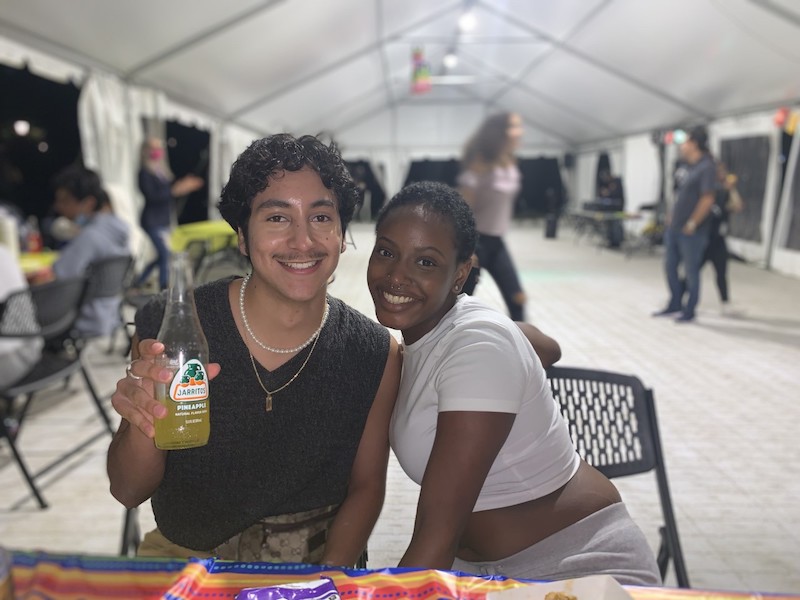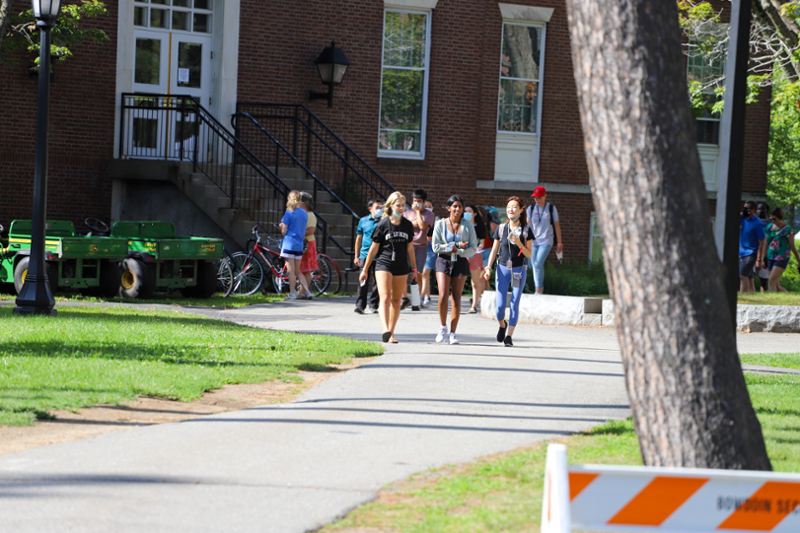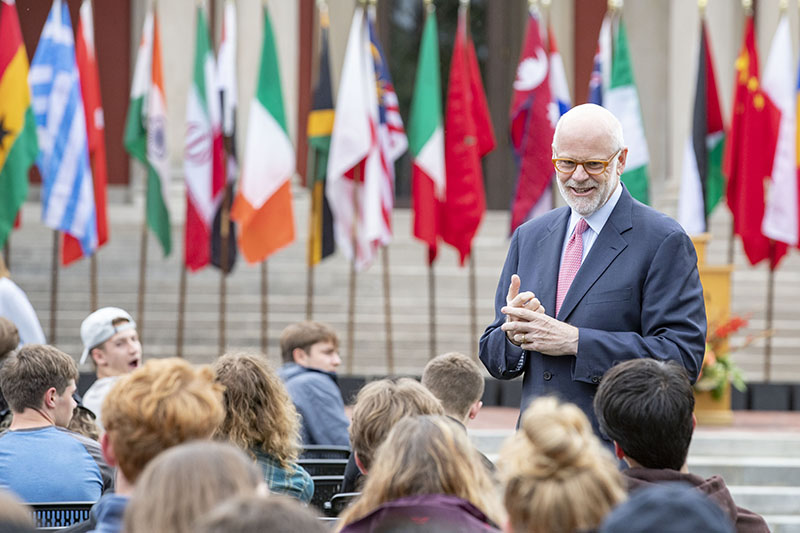Special Collections Director Urges Students, Others to 'Come Visit the Reading Room.'
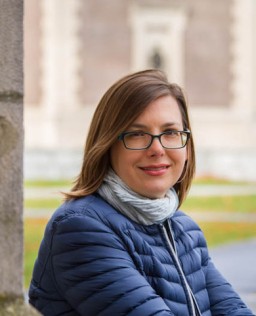
The special collections room of a library can sometimes seem like an intimidating place, admits Kat Stefko. An inner sanctum, cocooned from the rest of the establishment, home to ancient tomes, manuscripts and other artifacts which need to be protected from the general public.
But Stefko wants to dispel that perception. She’s the new director of the George J. Mitchell Department of Special Collections & Archives at the Bowdoin college library.
‘We exist to be used,” she says, “and our goal is to be a welcoming place where people – including those from outside the college – can come not just for scholarly pursuits, but also for enjoyment. We have collections that appeal pretty much to everyone.”
Special Collections is indeed growing in popularity. “Last semester, we had more students than ever come in and use the collection, but it’s an area we want to continue to grow, making our collections as broadly available as possible,” says Stefko, who arrived at Bowdoin in October from Duke University, where she helped run the David M. Rubinstein Rare Book and Special Collections Library.
She says this will help the department achieve its primary purpose, which is to support the academic mission of the college.
“Having reviewed the course offerings for the spring, we found more than 60 courses that might have some connection with our collections, and we are in the process of contacting individual faculty to suggest possible connections and invite further discussions.”
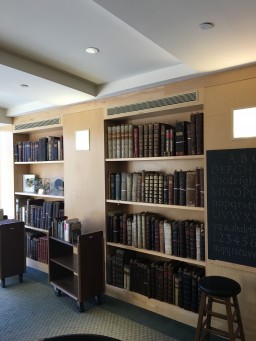 Here at Bowdoin, Stefko says Special Collections has recently taken on its first full-time, albeit temporary, outreach coordinator.
Here at Bowdoin, Stefko says Special Collections has recently taken on its first full-time, albeit temporary, outreach coordinator.
Set behind glass doors, up on the third floor in the only climate-controlled part of the Hawthorne-Longfellow Library,Special Collections is worth a visit.
“Especially during the hotter months,” says Stefko, “as we have to keep the conditions cool and dry – particularly dry: humidity is more important than temperature when it comes to preserving manuscripts.”
The collection’s holdings include some 50,000 rare books, about 6,000 linear feet of manuscripts and archives, including medieval documents dating back to the 1200s,
Says Stefko, “we have the official records of the College since its founding in 1794 to the present day, as well as extensive collections of photographs, maps, architectural drawings, audiovisual recordings, and increasingly electronic records.”
She says the department is particularly well known for collections in certain subjects, including Arctic exploration, the anti-slavery and abolitionist movements in the U.S., the Civil War, and the book arts, including fine printing and artists’ books.
Among the key challenges facing Stefko going forward, she says, is to make the collection more user-friendly.
“Our website has a tremendous amount of important and useful information, but can be difficult to go through, especially for those unfamiliar with archival research.”
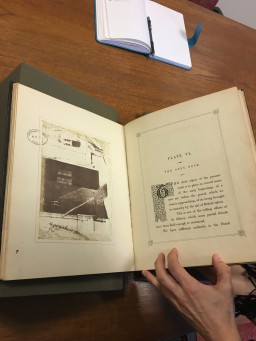 She says there is a lot of descriptive work to be done as well. “Like nearly every special collections, we have some things that are not described at all, or are under-described. For example quite a few early pamphlets printed here in Maine fall into this category. How can we make items like this more ‘findable?’ If you don’t know something exists, how to do you use it?”
She says there is a lot of descriptive work to be done as well. “Like nearly every special collections, we have some things that are not described at all, or are under-described. For example quite a few early pamphlets printed here in Maine fall into this category. How can we make items like this more ‘findable?’ If you don’t know something exists, how to do you use it?”
Another problem facing Stefko – indeed facing all archivists in the 21st century – is the storage of digital data. “That’s a very serious point. Records are being generated digitally at the college and never printed”, she says. “The archival profession has been considering these issues for at least 10 years, and I don’t think we have any great solutions yet. However, some clear paths forward are starting to emerge and I am excited to work with the Bowdoin community to move our own digital preservation efforts forward.”
A related issue, she says, is how to capture the student experience on campus. “Historically we used scrapbooks, journals and letters. But journals are now blogs and people communicate via twitter, Facebook and Instagram rather than letters.”
Stefko says there’s a need to partner with students and student organizations to try and preserve some of this digital data.

